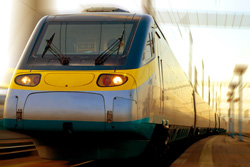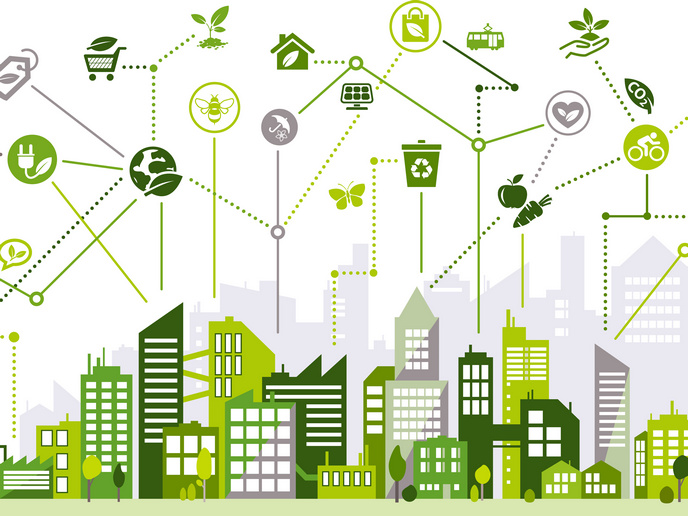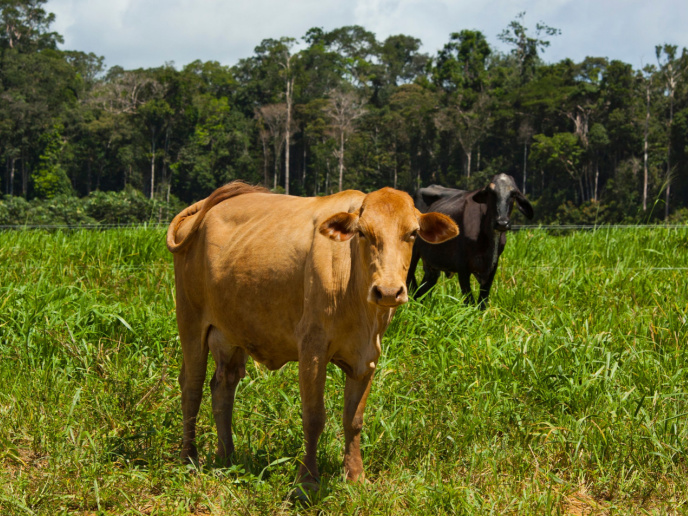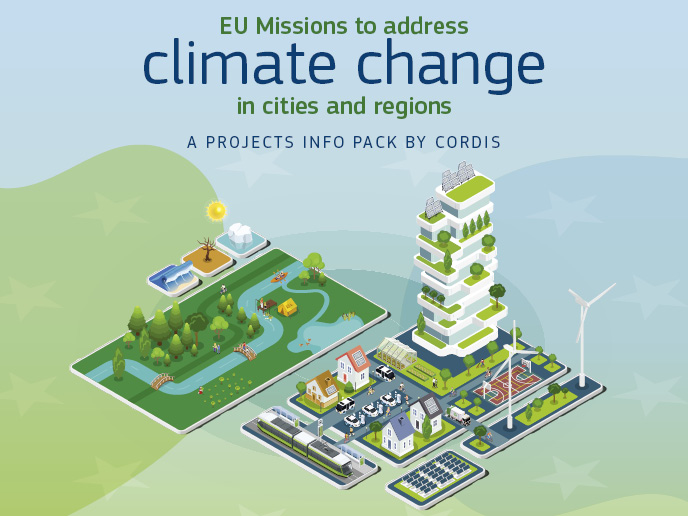On track for greener rail
The EU-funded 'Infrastructure guidelines for environmental railway performance' (Infraguider) project is outlining different environmental aspects of railway infrastructure in Europe. It is identifying a common approach to harmonise material procurement based on these aspects, taking into account the physical, operational and management dimensions of the system. Infraguider is therefore identifying the environmental significance of materials used in railway infrastructure systems, including systems analysis (SA), material flow analysis (MFA) and waste management. The project is preparing a set of environmental performance indicators (EPIs) as a draft European environmental guideline. It is focusing on five key environmentally strategic functions of infrastructure organisations, comprising the board of directors, planning and implementation of projects, infrastructure operation, contractors and procurement. Infraguider has analysed railway infrastructure environmental management according to ISO 14001. It has evaluated railway infrastructure material flow through MFA and investigated material procurement in view of its impact and lifecycle on the environment. Life cycle assessment and eco-procurement are critical for railway environmental management as they reduce unwanted material inflow, shift focus onto eco-friendly bulk material and control material build-up within the infrastructure. Overall, Infraguider has made significant progress in developing systems models, as well as tools and methods to assess environmental impact. It has also outlined material flow models of how major materials and substances enter the railway infrastructure and are released as waste or emissions in the air, ground and water. Ultimately, important recommendations are expected to emerge from the project that will render the railway industry more eco-friendly, particularly in terms of materials lifecycle and procurement.







